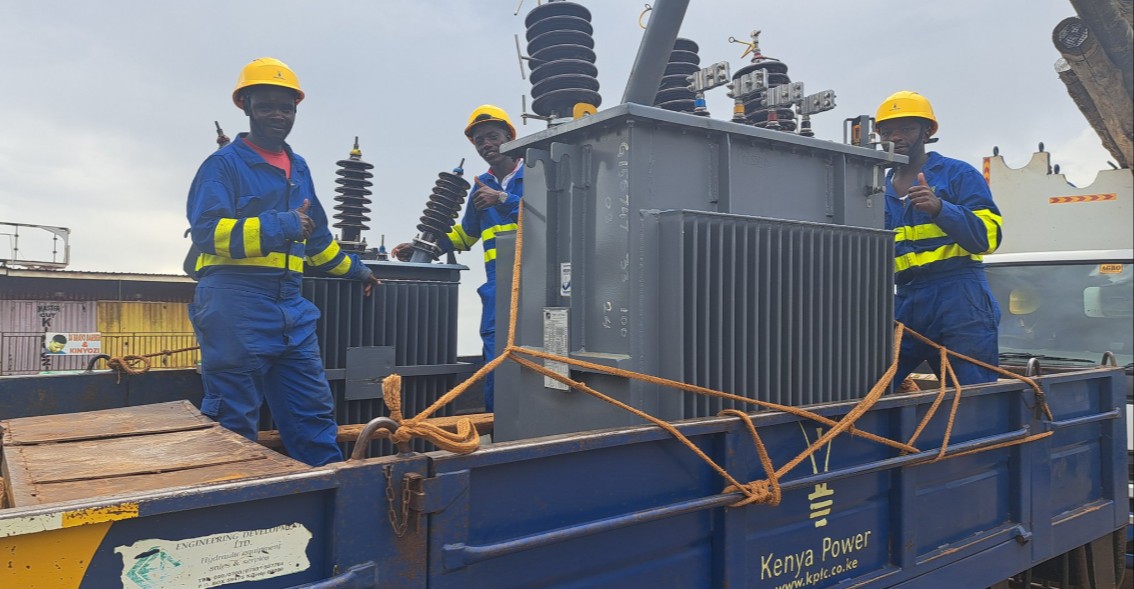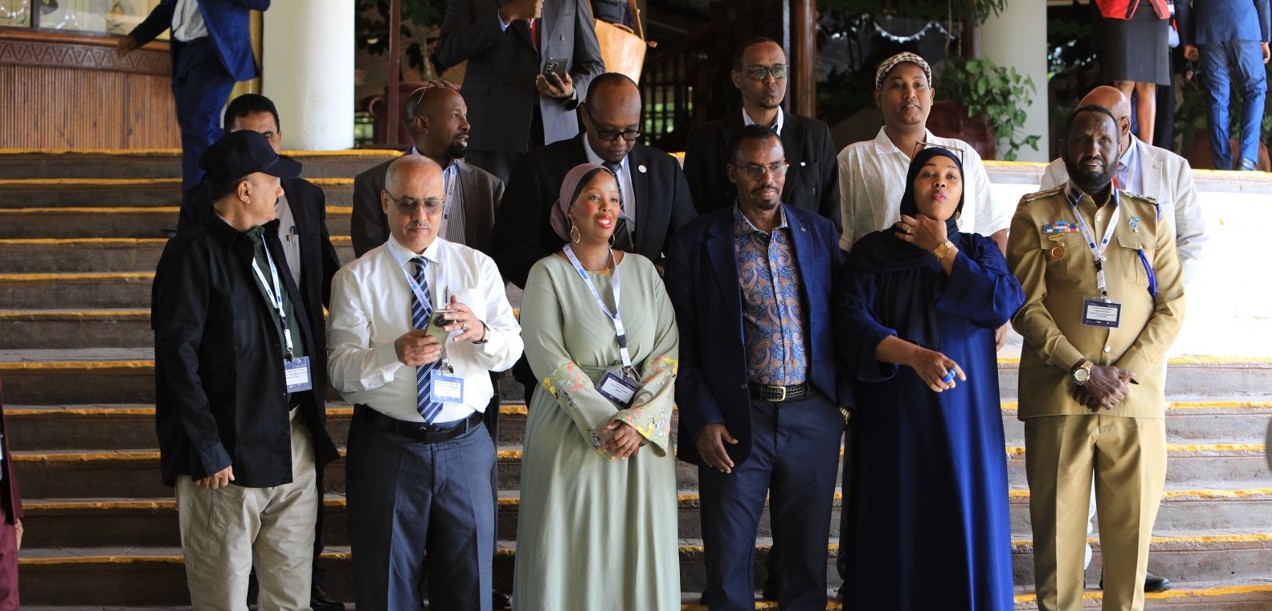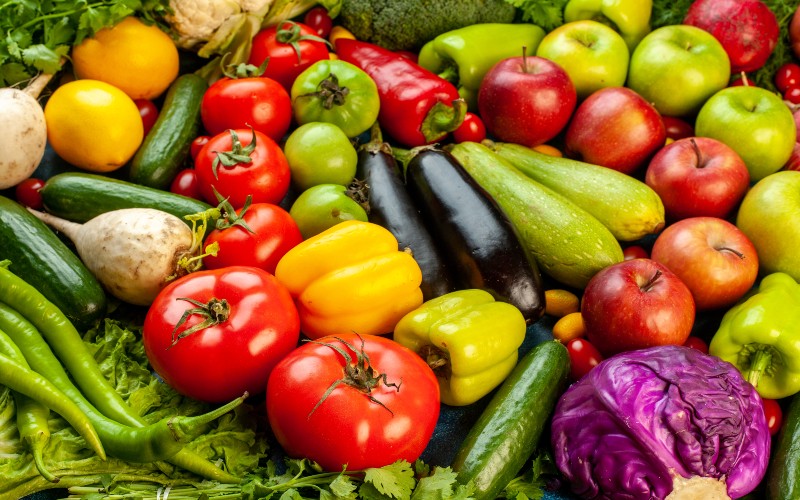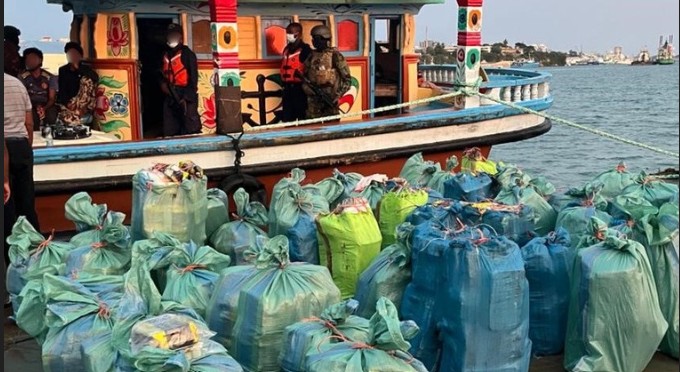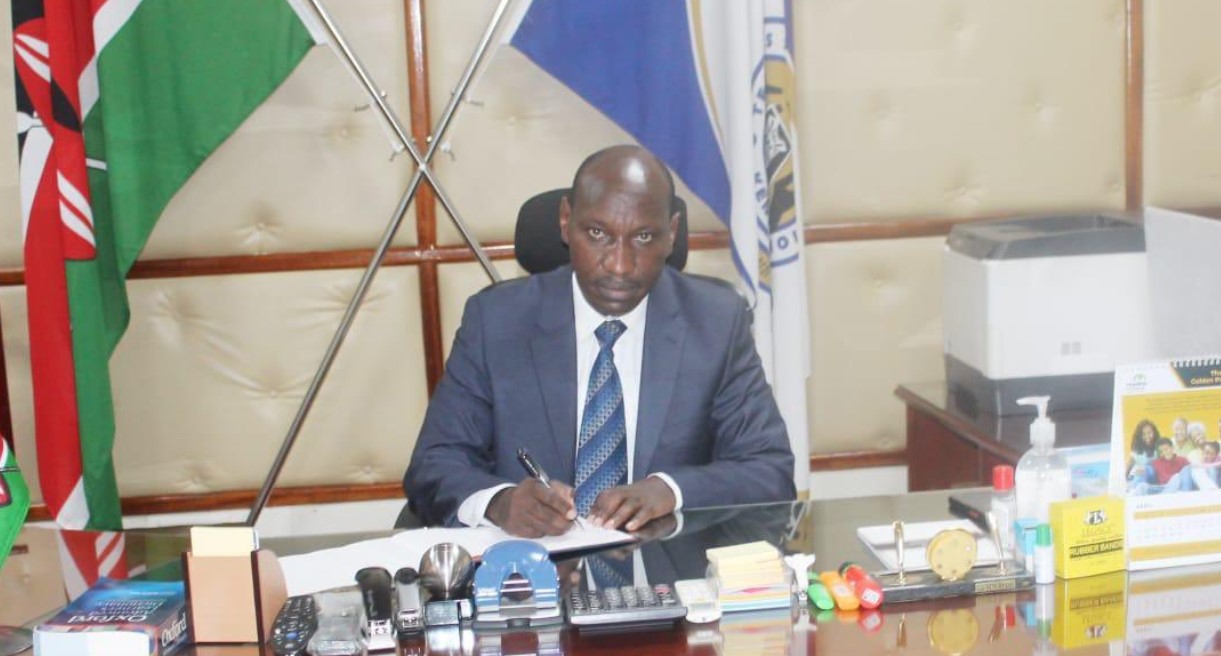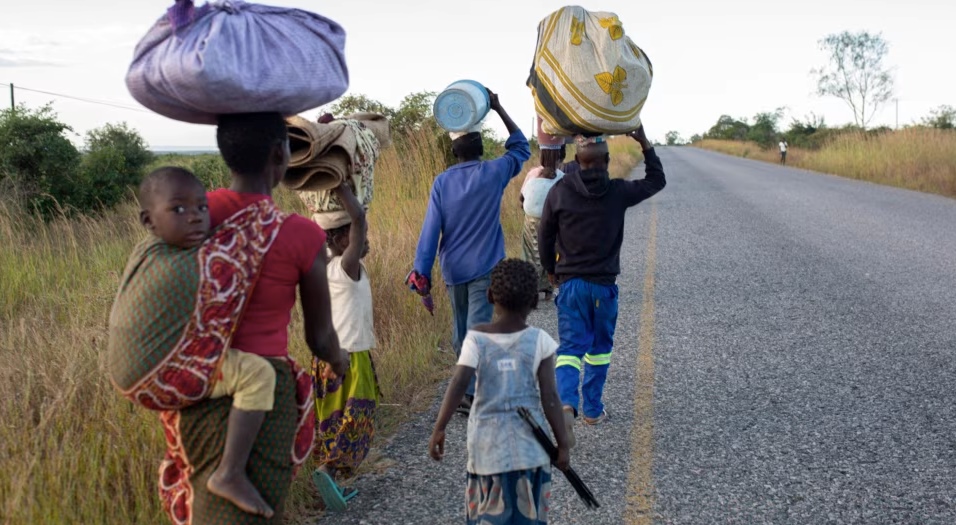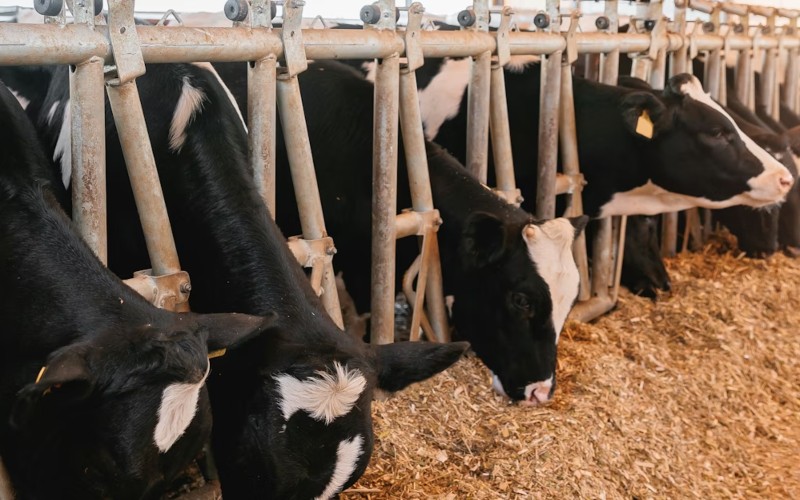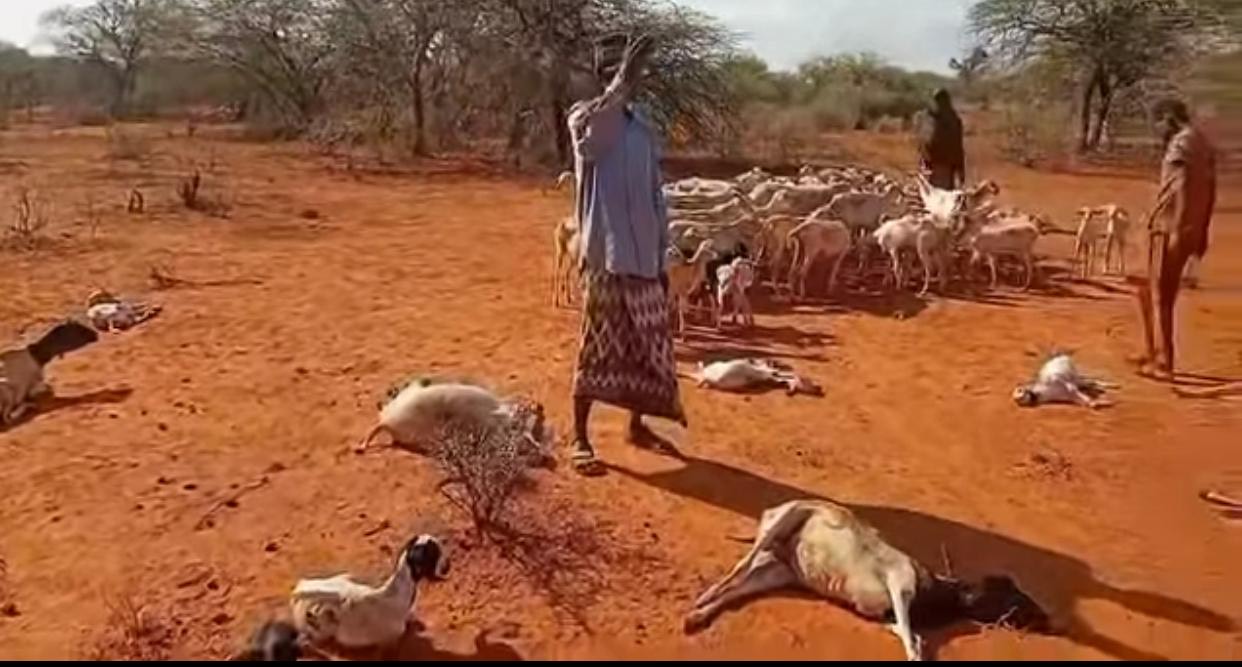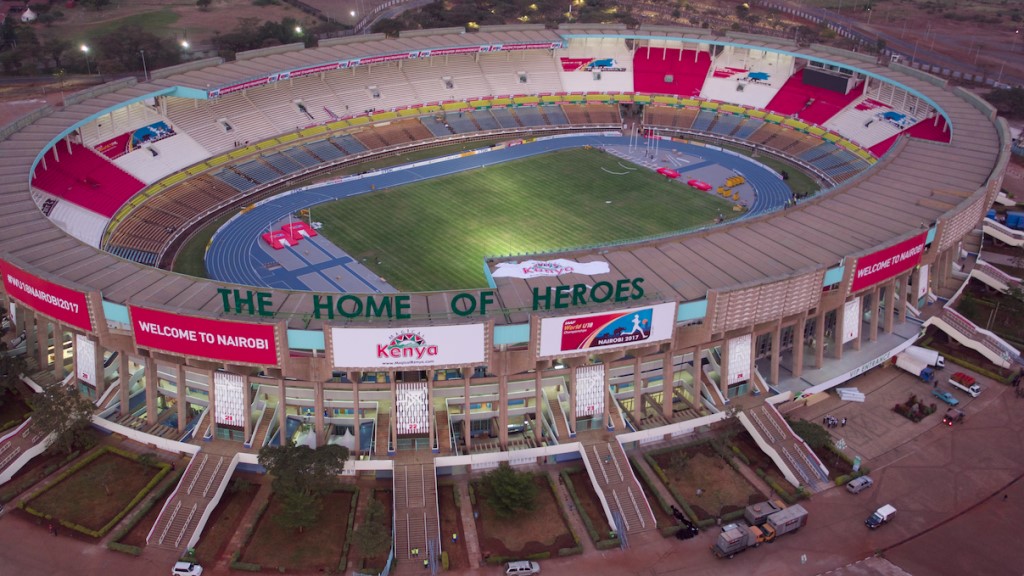Sh4.3 billion funding gap threatens Kenya's food aid operations, WFP warns
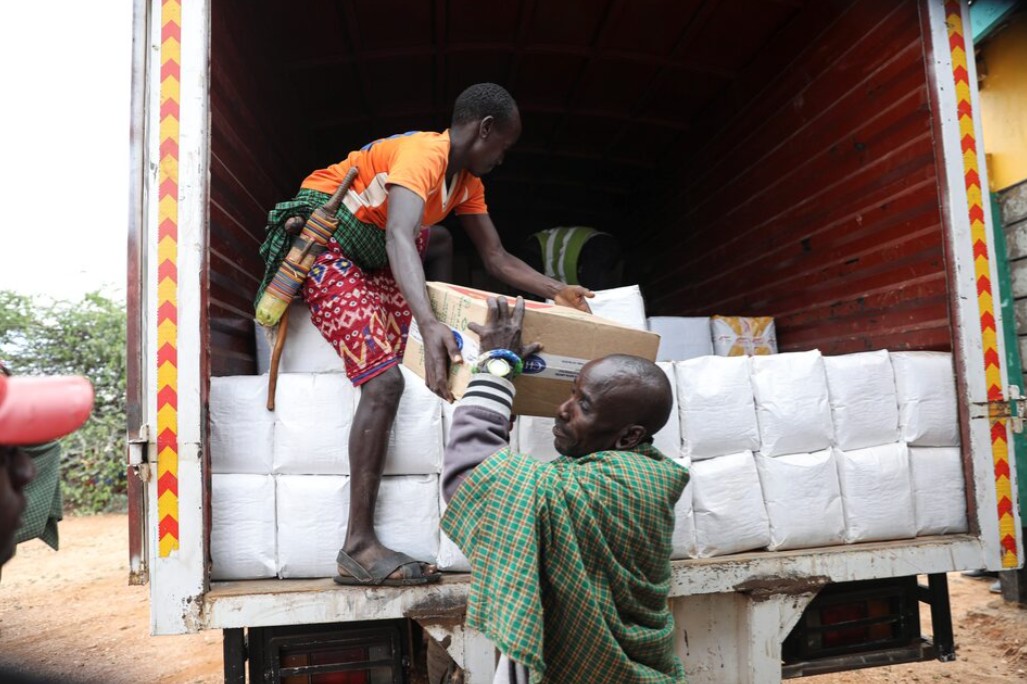
The organisation says it has secured Sh12.5 billion ($97 million) for the entire year but estimates that it will require Sh16.85 billion ($130.5 million) for the first six months alone, leaving a substantial shortfall.
The World Food Programme (WFP) is grappling with a funding gap of Sh4.3 billion ($33.5 million) that could jeopardise its humanitarian operations in Kenya for the first half of 2025, as it strives to meet increasing food aid demands.
The organisation says it has secured Sh12.5 billion ($97 million) for the entire year but estimates that it will require Sh16.85 billion ($130.5 million) for the first six months alone, leaving a substantial shortfall.
More To Read
- WFP warns Sudan aid at risk after expulsion of top officials amid worsening hunger
- Kenya refugee camps face hunger crisis as WFP warns food aid could drop to 28pc
- Hunger crisis in DRC deepens as WFP calls for urgent global action
- UN food agency shuts Southern Africa bureau during drought, citing low funding
- World’s hunger watchdog warned of catastrophe in Sudan; famine struck anyway
- UN World Food Programme launches investigation into its Sudan operations as famine spreads
The funding gap threatens to disrupt critical initiatives such as food distribution, school feeding programmes, and disaster response efforts. The WFP also highlighted the uncertainty surrounding USAID funding, which further complicates its ability to maintain essential services.
“To continue our operations, the WFP faces a gap of $130.5 million (Sh16.85 billion) for the first half of 2025, which could impact our ability to maintain crucial programmes,” the organisation said in its latest country brief.
In response to the growing needs, WFP has been assisting with cash-based transfers, distributing $4.8 million (Sh619.2 million) to help families purchase food and other necessities. The agency has also managed to distribute 2,931 metric tonnes of food to vulnerable populations, providing essential support to those in need.
ASAL situation
The situation remains particularly dire in the arid and semi-arid lands (ASAL), where communities face drought, limited infrastructure, and frequent conflicts. While the number of people requiring food assistance has decreased from two million in February 2024 to one million, WFP notes that significant challenges remain, especially for children and women at risk of acute malnutrition.
“Approximately 760,488 children aged six to 59 months and 112,401 pregnant and lactating women and girls are at risk of acute malnutrition,” WFP added.
The delayed onset and below-normal rainfall during the October-December 2024 short rains season is also expected to intensify food insecurity across Kenya, with ASALs already facing drought conditions.
Counties such as Wajir, Mandera, and Kilifi are on drought alert, raising concerns over worsening hunger and malnutrition.
According to the December National Drought Early Warning Bulletin, ten counties—including Wajir, Garissa, Turkana, Marsabit, and Mandera—are experiencing high levels of food insecurity. Malnutrition is particularly severe in Mandera, Marsabit, Samburu, Baringo (Tiaty), and Turkana, where vulnerable populations continue to struggle with limited access to food and essential nutrition.
With rainfall expected to remain below average, the number of people requiring food assistance is projected to exceed one million in 2025, surpassing the figures recorded in August 2024. The situation raises concerns over the ability of humanitarian agencies and the government to respond effectively to the growing crisis.
Top Stories Today
